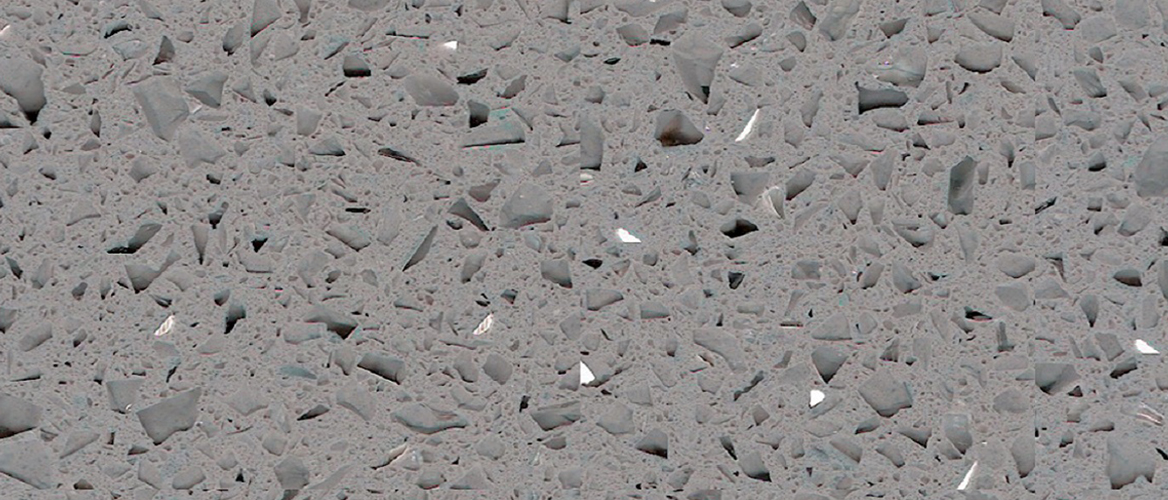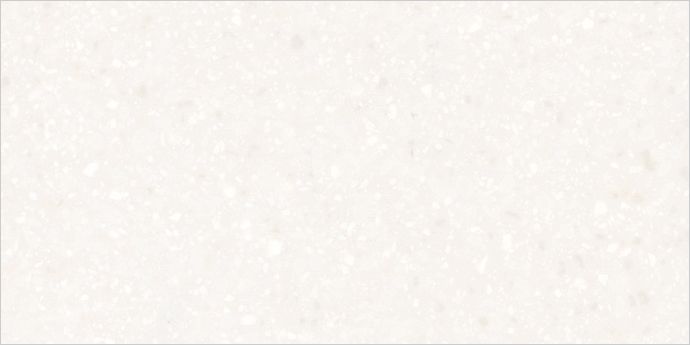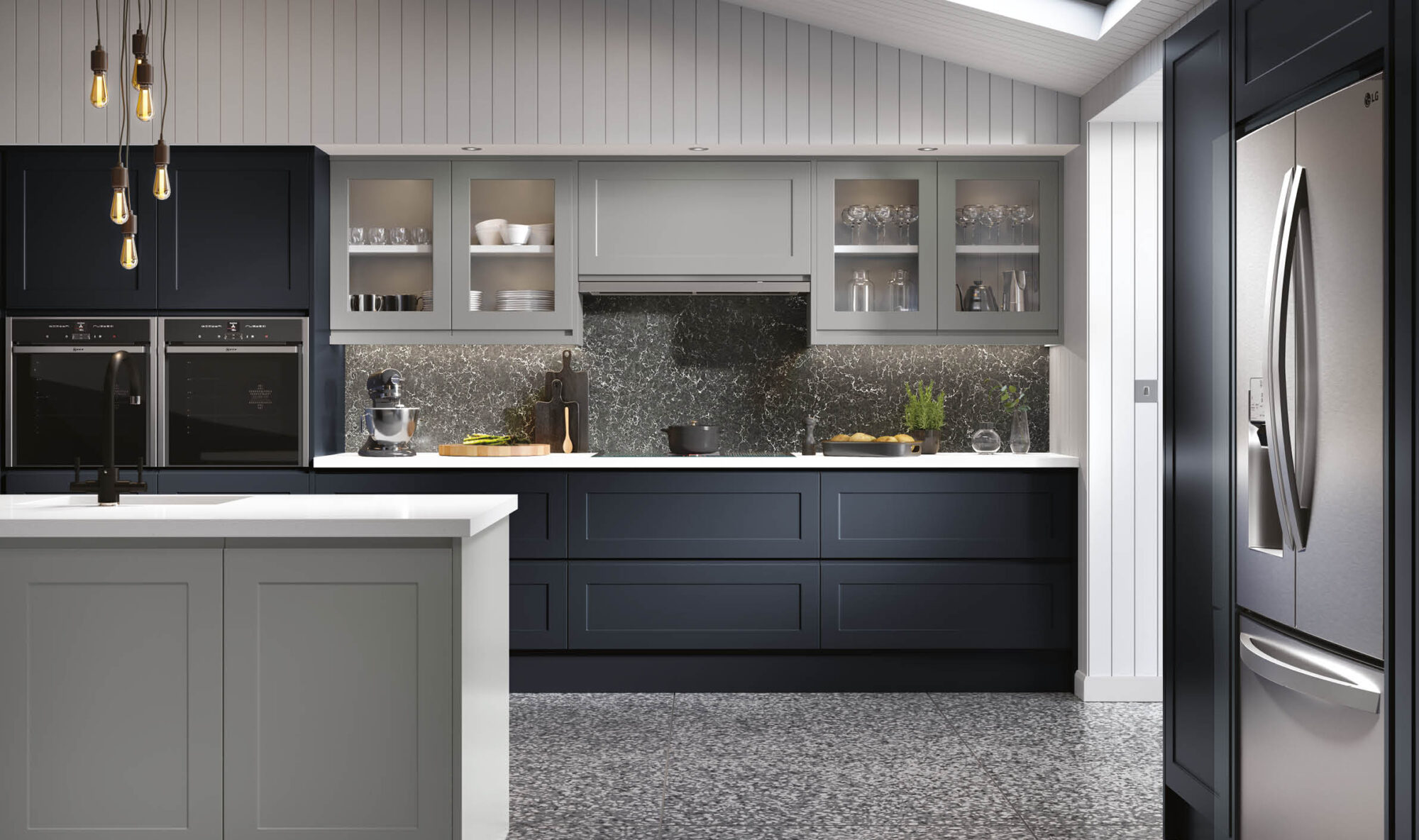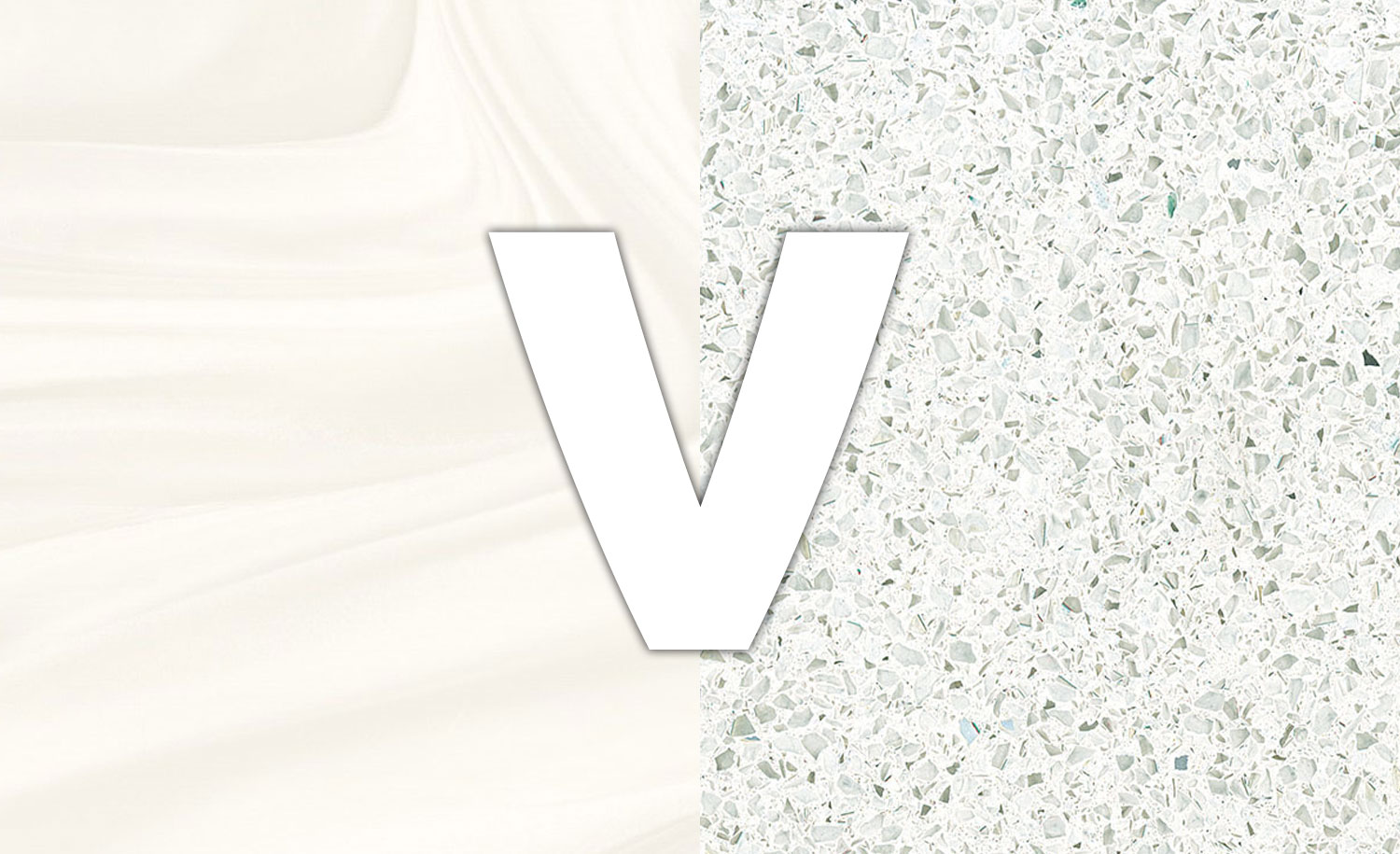Understanding the Key Differences Between Two Man-made Materials
Due to advances in manufacturing processes, laminate and solid surface kitchen worktops are making a comeback. Although the more expensive granites and stone work-surfaces are still very popular, for those on a tight budget, solid surface now offers a practical and affordable worktop solution that neatly ticks all the right boxes.
Quartz is seen as a great alternative to granite whilst solid surface is seen as a high quality upgrade on traditional laminates. Both are man-made but both have their strengths and weaknesses.
So let’s take a look at the key benefits and pitfalls of these two kitchen worktop options and let you decide which is right for you.
What is quartz?

Comprising of approximately 95% ground natural quartz, bonded by a compound of polymer-based resins under intense pressure and heat, this processed material is incredibly strong, hardwearing and heavy. It’s non-porous so is waterproof and if cared for, should not stain and last for many years.

What is solid surface?
First introduced as far back as 1967 by Dupont under the brand name Corian, solid surfaces worktops are comprised of mineral marble dusts, bonded by acrylic resins and and a variety of coloured pigments. Like quartz, solid surface is non-porous but doesn’t resist heat well at all. On the plus side, an almost seamless finish is achievable and looks stunning in kitchens that require clean lines and a near-perfect look.
Quartz – Pros & Cons
- Heat Resistance – contrary to what many may tell you, quartz is not supposed to have hot items placed on the surface at all. It can scorch and if the resins are damaged by heat, there’s rarely every any going back. On white quartz, any damage will be very noticeable.
- Water Resistance – quartz requires no sealing whatsoever as it is completely non-porous. So the great news is, you can get it wet and it will not damage. When cleaning however, only use light cleaning products that do not contain too many harsh chemical to prevent any potential damage.
- Durability – quartz is very hard and fairly difficult to scratch so cutting although not always recommended, shouldn’t cause any damage. It should withstand many years of use and abuse but avoid placing hot items on the surface to prevent scorching of the resins and discolouration.
- Discolouration – most quartz surfaces should last many years but some are prone to discolouration from excessive UV exposure. This is usually more noticeable on darker coloured quartz so if this is a concern, choose a lighter coloured material.
- Weight – quartz is very heavy and just a regular size piece will require at least two men to carry and install. So if you plan to install it as a DIY project, it’s not for you. Cutting and finishing the product is not straightforward and should only be carried out by a professional.
- Joins – larger worktops will almost certainly need to be made of multiple pieces of quartz. The material is simply too bulky and too heavy to make out of a single slab. If joins are required, the seams will be filled with a coloured sealant that matches the surface as closely as possible, In most cases, this looks perfectly fine but they will be visible.
- Cost – quartz falls into the mid-range price bracket for kitchen worktops and is around about the same price as solid surface. So either choice will mean spending the same amount of pennies.
Solid Surface – Pros & Cons
- Heat Resistance – solid surface is generally regarded as being poor at resisting heat and any damage will render your warranty void. So in short, keep hot pots and pans away from it at all times.
- Water Resistance – just like quartz, this man-made material performs well when wet as it is completely non-porous. So if this is a key decision making point, either of these two surfaces deal with water perfectly fine.
- Durability – solid surface will mark far easier than quartz if cutting or using sharp objects. The good news is they can be buffed or sanded smooth again if marked but for practical reasons, this is not something you would want to do with regularity.
- Discolouration – like any man-made material, extreme UV exposure will discolour the surface over several years and be far more noticeable on darker shades. There’s only a handful of surfaces that won’t discolour with time such as natural stones and metals so if this is critical, neither quartz or solid surface should be your choice.
- Weight – solid surface is much lighter than quartz and easier to install. However, as a DIY project it is not practical as the material is specifically designed to hide any seams and be fitted as a single custom moulded piece or tightly bonded pieces, making it highly attractive to anyone wanting the perfect finish.
- Joins – joins are practically invisible with solid surface as the seams are created with a bonding adhesive. As they are so tight, they are almost impossible to see. As the slabs can be fairly large, most kitchens have very few seams.
- Cost – solid surface is around the same price point as quartz so from a budgetary point of view, the decision is a split one. Other practical factors will be the key decision points.
So as you can tell, quartz and solid surface have many similar properties in terms of finish, water resistance and price. Most of the difference fall under the strength, durability and end finish of the products. There’s very little to choose between the two so the final decision will undoubtedly come down to either the finished look or the practicality of the surface. But both will undoubtedly look beautiful in any kitchen.


